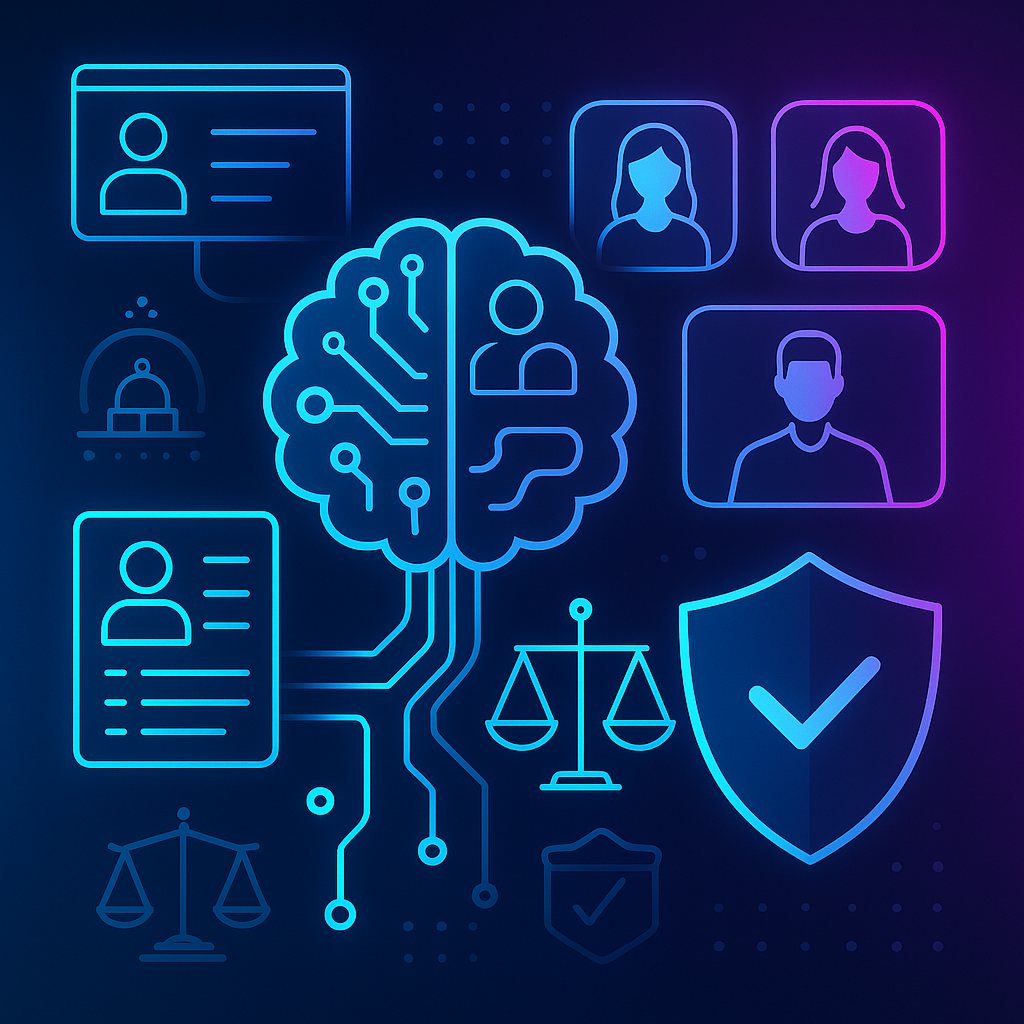3 ways to improve your diversity initiatives at the workplace with recruiting data analytics

Dell Technologies’ objective for the next decade is clear: Use data and analytics to increase diversity and inclusion initiatives.
The company recently unveiled a proposal to cultivate a more diverse and inclusive workforce by 2030. The three-point plan aims to increase the percentage of women (a target of 50%) and people of color (a target of 25%) on staff through updated hiring, retention, and education methods.
D&I initiatives are something every company should pursue, but success won’t come from good intentions alone. Recruiters need relevant and updated information to ensure they approach diversity with the proper context.
Applying diversity and inclusion data in your hiring process can help fill the gaps.
What is diversity data?
Like most modern processes, technology nurtures recruiting. Tech solutions automate and repeat what we say, what we do, and what we learn. They also alert us to patterns and deficiencies while presenting optimal, objective solutions to complex problems.
But unintentional biases plague technology. Artificial intelligence and other technologies function on algorithms and models created by human programmers. These programmers often integrate their natural biases into AI systems, which can cloud results, recommendations, and decisions. This presents an impossible barrier for recruiters who rely on tech to implement diversity and inclusion initiatives.
Suggested reading for unbias hiring: Combatting Bias in Machine Learning Algorithms: For Recruiting
Leveraging big data for HR analytics can free recruiters from those jaded algorithms by providing raw, unfiltered information that they can incorporate into hiring decisions. For recruiters wondering how to implement diversity and inclusion into the workplace, data is a great place to start.
What data does for Diversity
Diversity and inclusion data help recruiters understand patterns and conduct searches genuinely and productively.
This data is particularly useful for:
Identifying biases
Small data sample sizes tend to spark doubt in those assessing them. But expanding data sets by adding more and better information provides recruiters with a clearer picture of all available talent.
Large swaths of diversity data widen the scope of any search while putting potential biases in front of recruiters. Without substantial data pools that are both niche and general, your analytics will be narrow, skewed, and unable to align with any proposed diversity and inclusion initiatives.
Improving decision-making
Imagine a scenario in which 50% of your candidates are minorities, but less than 10% of your hires are people of color — those figures would cause most recruiters to take notice. They’d probably want to convince higher-ups that something needs to be done about how they make hiring decisions.
One such solution is adopting HR platforms that include diversity and inclusion data. These help recruiters make more informed decisions and recommendations. The more data you gather from diverse sources, the more relevant and actionable the HR data analytics will be to your hiring decisions.
Casting a wider net
Traditionally, geography limits most candidate searches. If a company can only attend 10 college job fairs, for example, they may miss out on the perfect candidate from a different university.
With a more diverse data pool, recruiters can collect several data points — covering a larger geographical area — and factor them into hiring decisions. Stephanie Lampkin, CEO and founder of Blendoor, sums it up best: “Even the most advanced AI won’t affect the results of job recruitment if the data isn’t using the full scope of the qualified talent pool.” Add variety to your selection pool to ensure you’re hiring from a complete field.
A surefire way to implement diversity and inclusion in the workplace is with a diverse set of data. Once you have that information, use it to steer your recruiting — and your company — toward a more inclusive future.
Resources
- https://www.hrdive.com/news/dell-prioritizes-women-people-of-color-in-10-year-culture-strategy/567205/
- https://www.pbs.org/newshour/world/agents-for-change/why-these-companies-are-rethinking-the-use-of-ai-in-hiring





